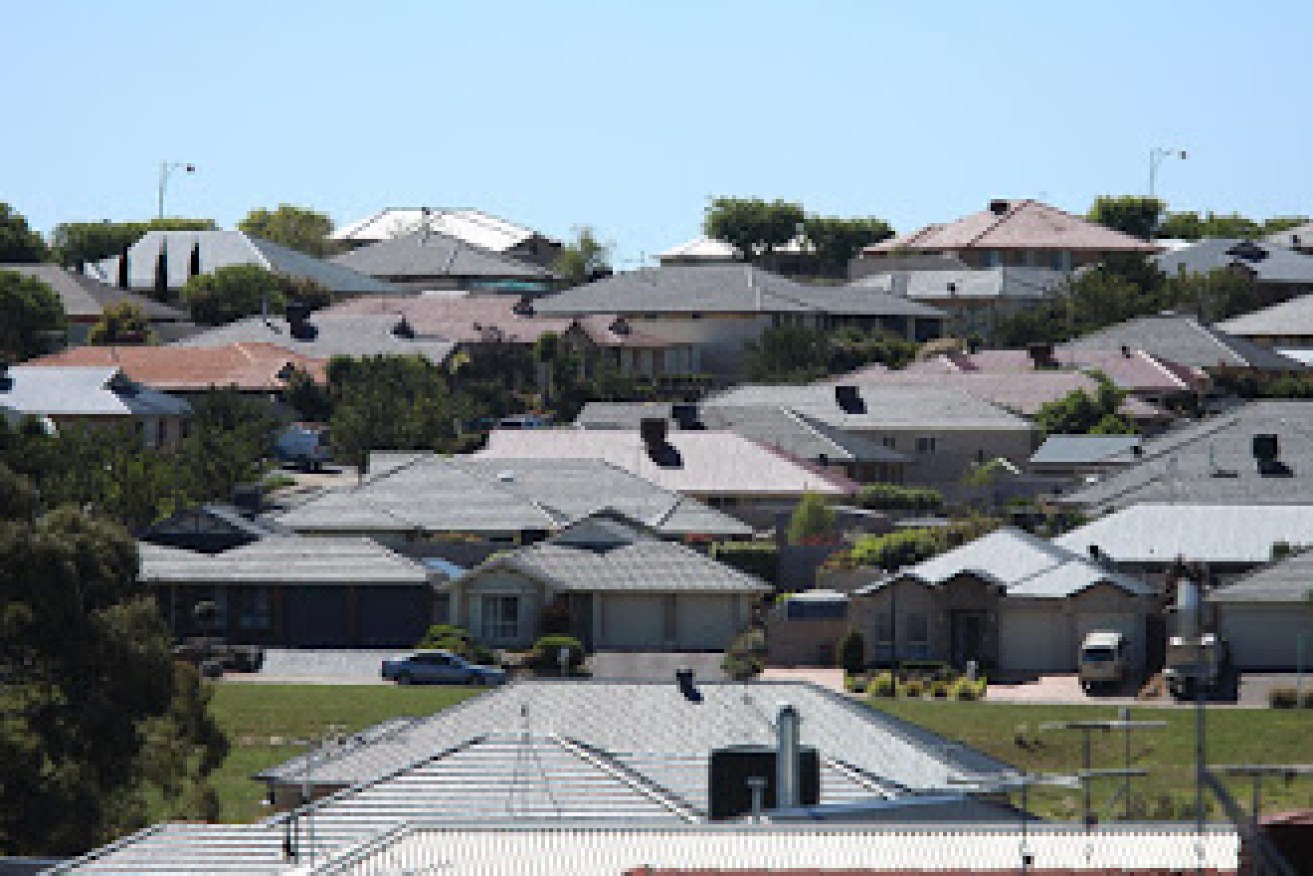Industry blames stagnant population growth for flatlining housing construction
Sluggish building approvals figures in South Australia are symptomatic of the state’s population growth malaise, an industry body says.

South Australia's building approvals are sluggish. Photo: Tony Lewis/InDaily
New Australian Bureau of Statistics data showed the trend estimate for total dwelling units approved in South Australia fell 0.1 per cent in March, while the trend estimate for the number of private sector houses was flat after falling for four months.
Master Builders SA says the figures highlight the importance of population growth for the building industry and the wider economy.
“These figures, whilst not diabolical, are also certainly not a signal of any fundamental turnaround in prospects for the SA housing sector,” chief executive Ian Markos said in a statement.
He pointed to last month’s ABS data showing SA’s population growth rate lagged every other state, with its 0.6 per cent (10,494 people) annual growth less than Victoria achieved in a month.
“As long as SA’s population growth is the lowest out of any state, and people – particularly younger people – keep leaving, there will be a lid on our economic potential,” Markos said.
“Policy makers can’t stick their heads in the sand – this problem isn’t going to go away. We need to be thinking long-term.”
The building approvals figures were in contrast to strong numbers in Victoria (up 1.8 per cent in March after rising for more than a year) and Queensland (up 1.5 per cent), both “population growth hotspots”, according to Markos.
Master Builders SA lobbied during the election campaign for SA to be granted special immigration status, to encourage population growth.
They also want a stamp duty exemption for first homebuyers up to the median house price, to “encourage young people to remain and invest in the future of our state”.
“Abolishing stamp duty for first home buyers will kill two birds with one stone: it will stimulate the flat housing sector and slow the flow of South Australians interstate,” Markos said, pointing to a vast increase in the financing of first home buyer dwellings in Victoria and New South Wales since similar measures were introduced.
“We know this policy works,” he said.
“We want more young South Australians in their own homes, but $18,000 in stamp duty becomes a $60,000 noose with interest over the course of a mortgage.”




